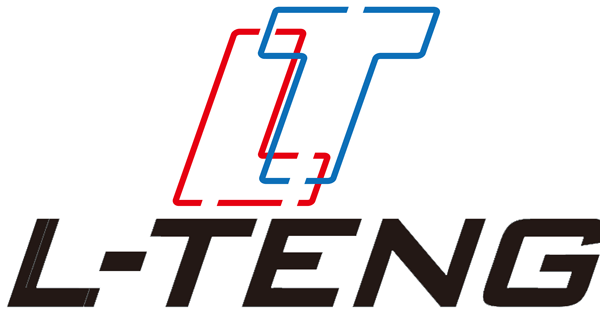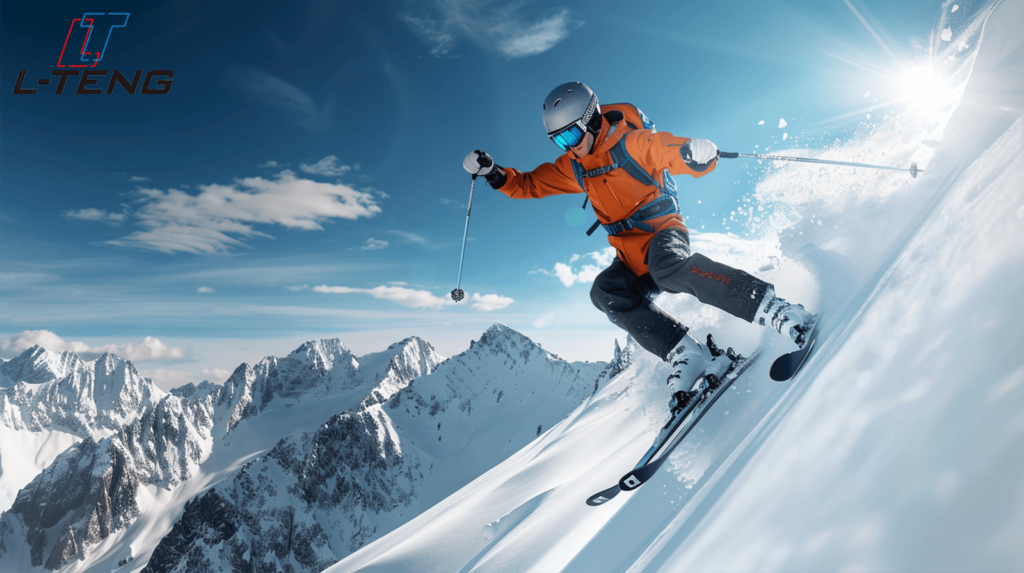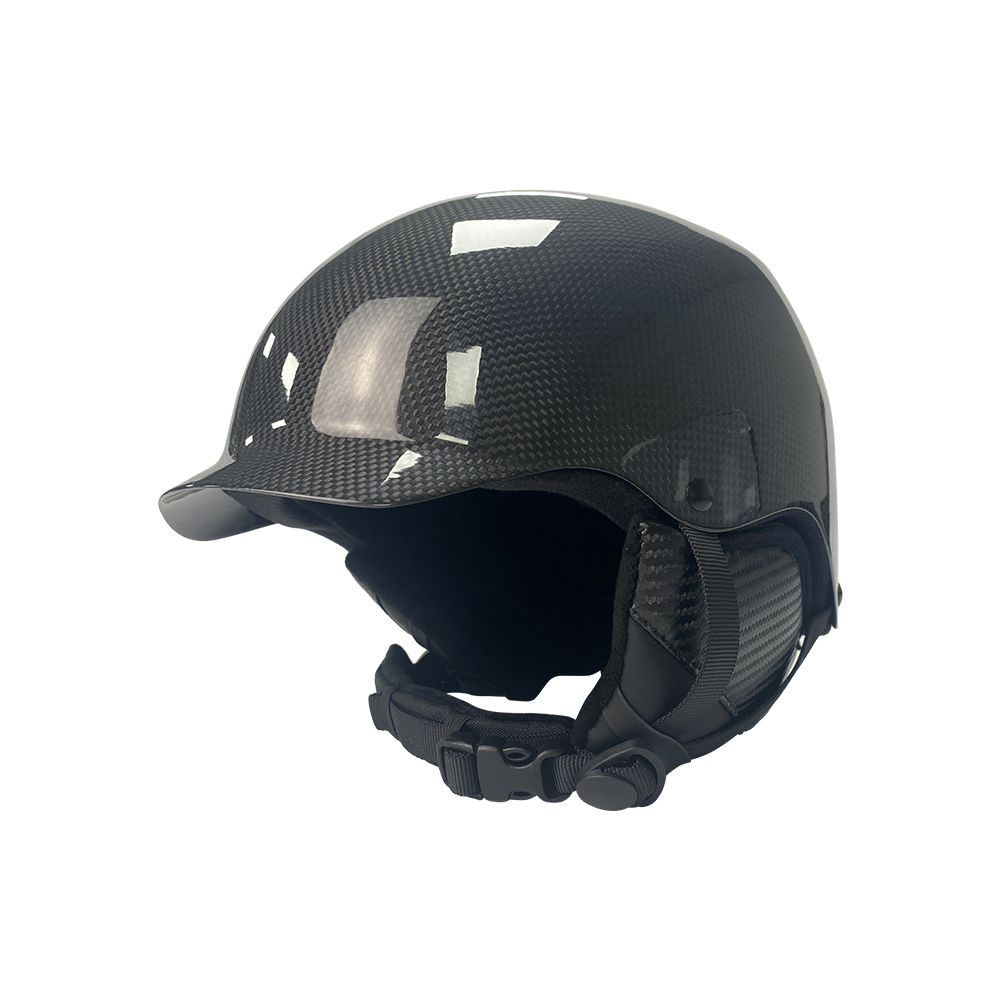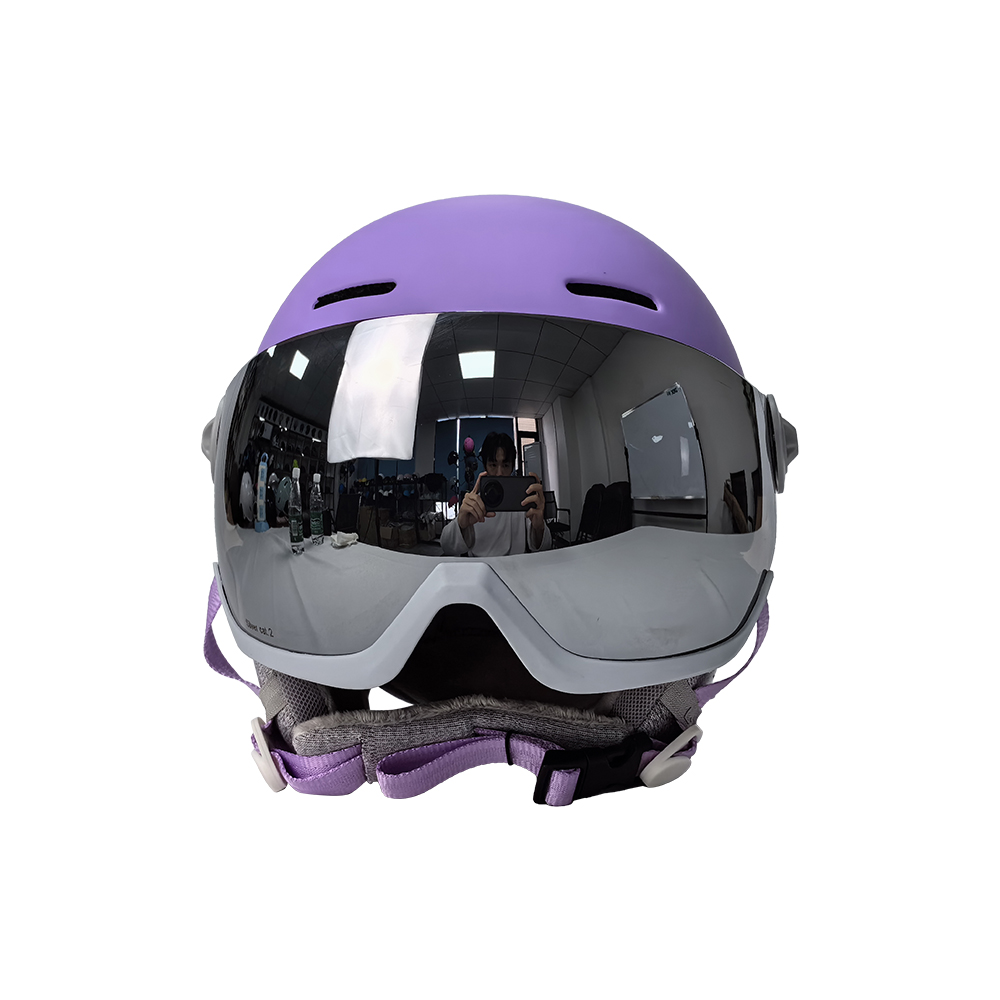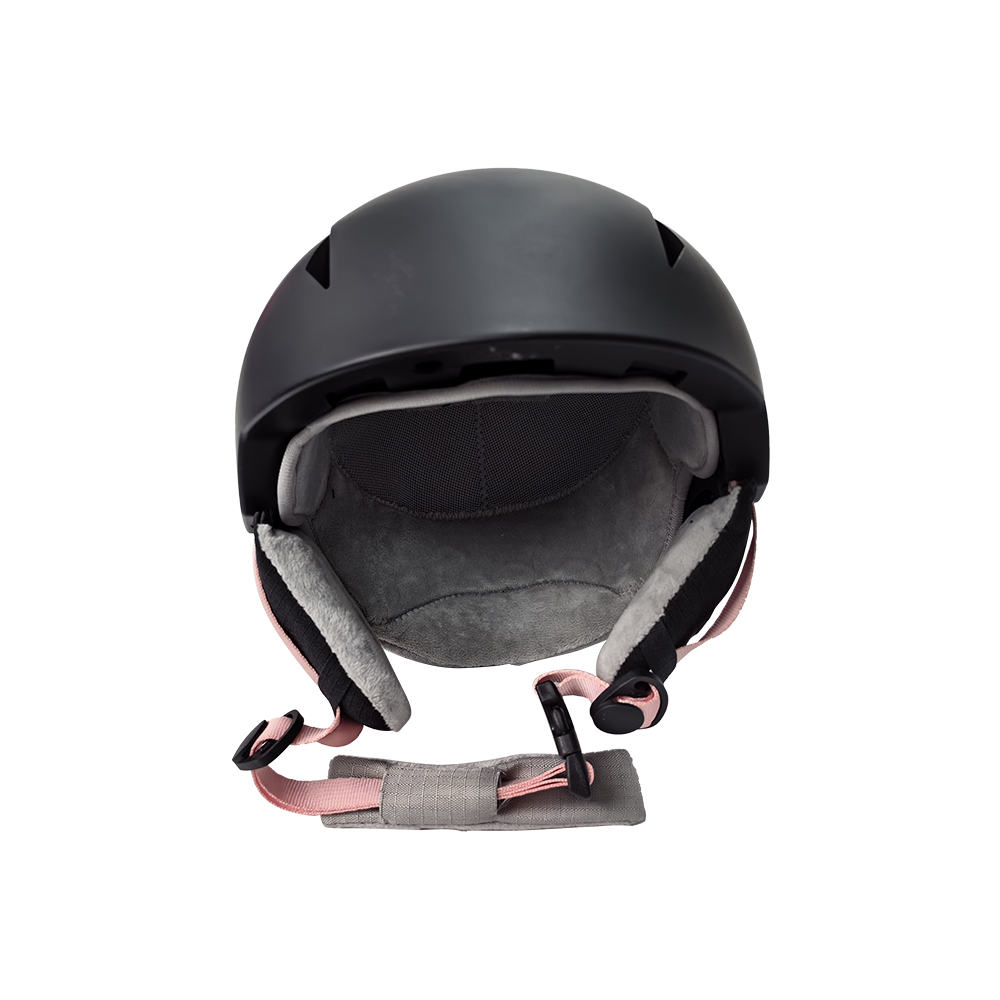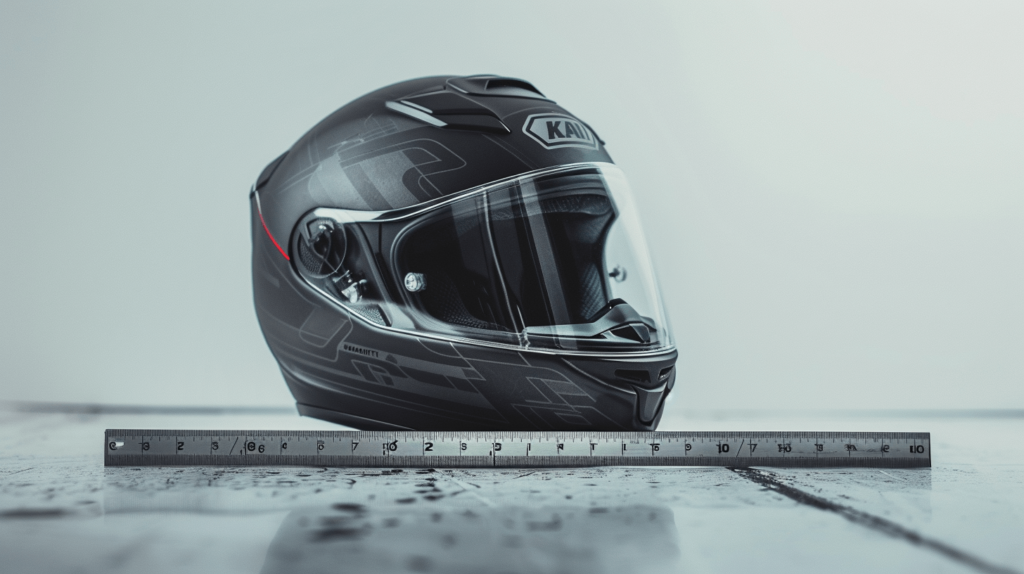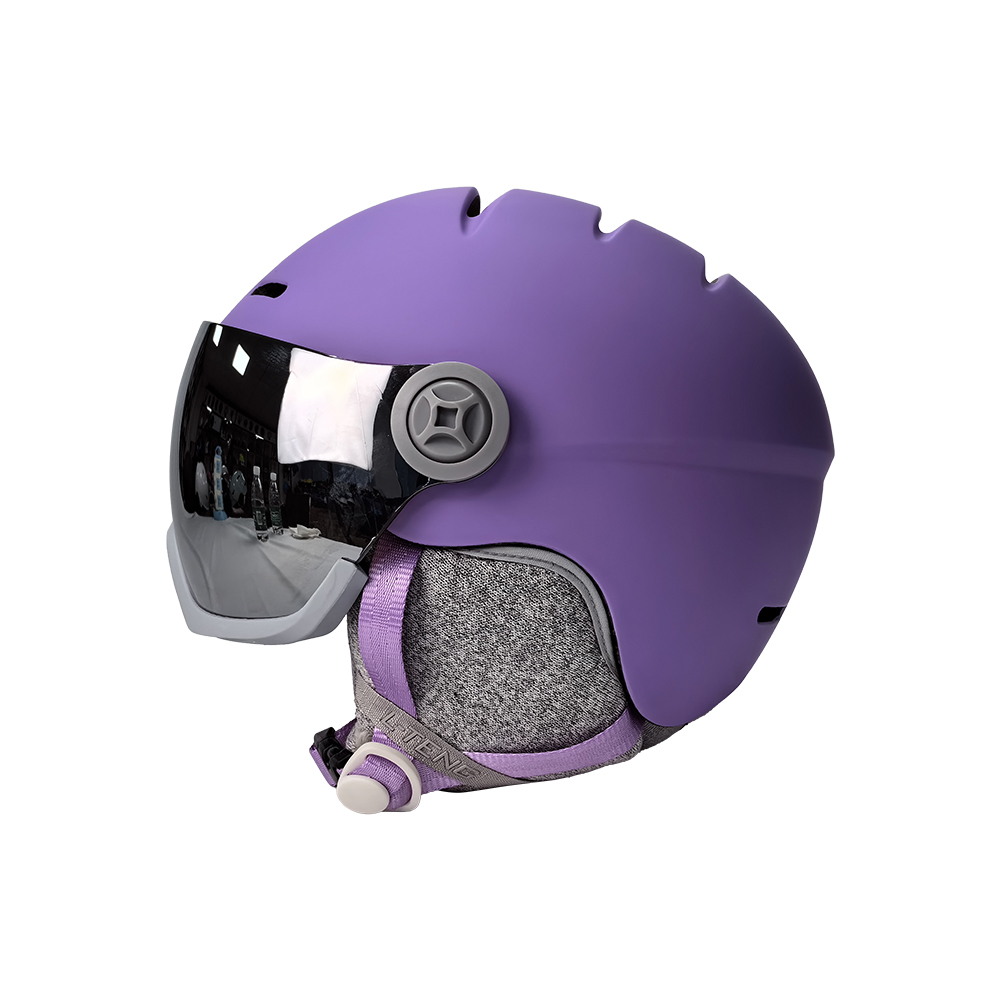Do You Need a Helmet to Ski?
Skiing is an exhilarating winter sport, but it also carries certain risks. One of the most important safety measures to consider is wearing a helmet. While not universally compulsory, there are several compelling reasons to wear a helmet when hitting the slopes.
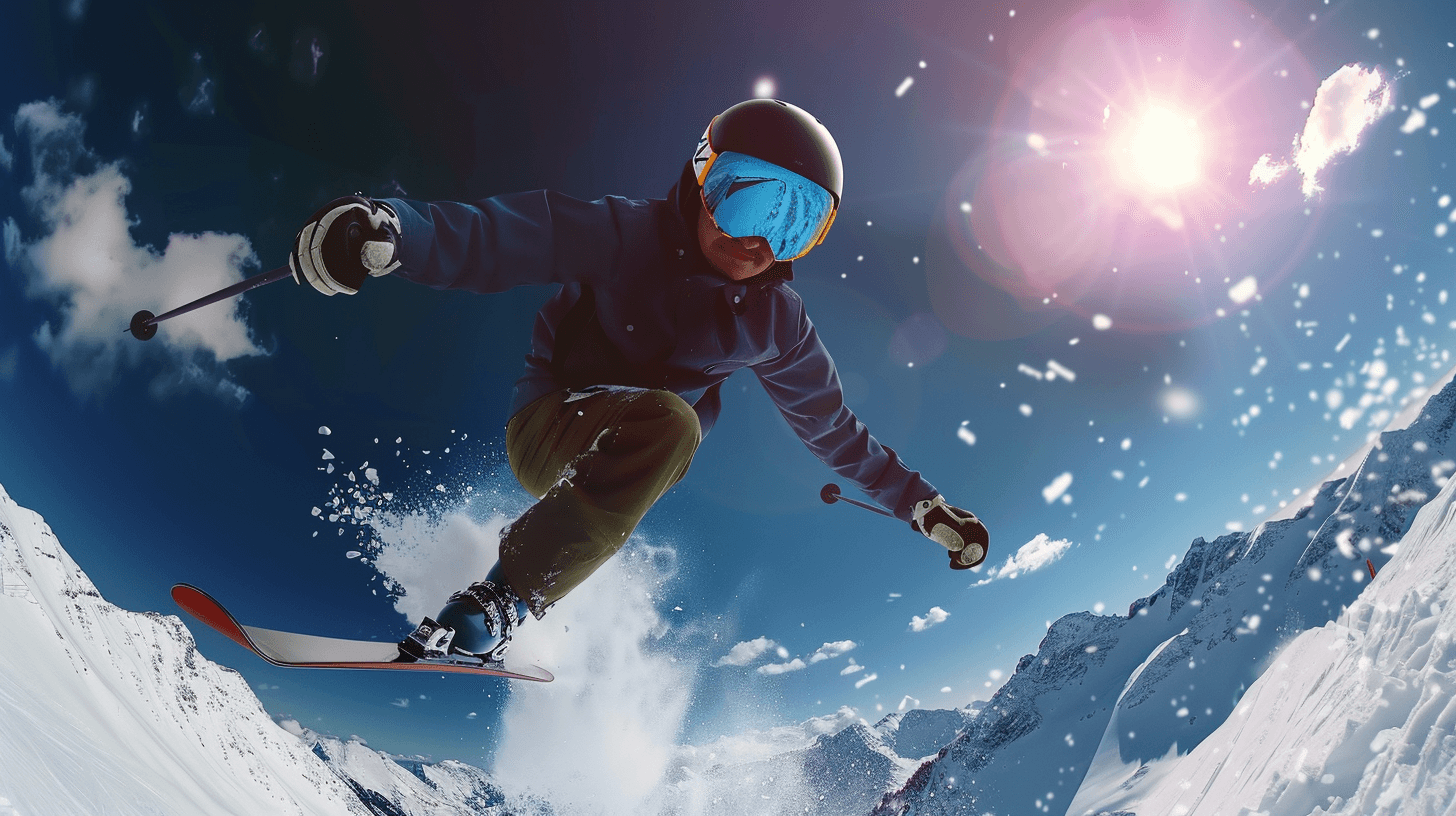
Benefits of Wearing a Ski Helmet
Head Protection and Peace of Mind The primary benefit of wearing a ski helmet is protecting your head from serious injury in case of a fall or collision. Skiing requires concentration and hand-eye coordination, and you should be able to focus on the task without worrying about your safety. The terrain can be unpredictable, and hidden dangers like rocks and sharp edges may lurk beneath the snow.
Communication and Connectivity Modern ski helmets can be more than just protective gear. Many come equipped with communication devices that allow you to stay connected with your group, ask for help, check weather forecasts, or listen to music without directly interacting with your phone or device.
Insulation and Warmth Ski helmets are designed with insulation and padding, keeping you warm and comfortable in the snow. Since you lose most body heat through your head, wearing a helmet can be a practical way to stay cozy during extended periods outdoors.
When Is It Compulsory to Wear a Ski Helmet?
While not universally mandatory, there are some instances where wearing a ski helmet is compulsory:
-
- For Children and Minors Several countries and regions, including New Jersey, Italy, parts of Austria, and Nova Scotia (Canada), have made it compulsory for children and minors to wear helmets while skiing or snowboarding.
-
- At Certain Ski Resorts Some ski resorts, notably Vail Resorts (which operates 37 mountain resorts across the US, Canada, and Australia), require all minors and certain employees to wear helmets on the slopes.
Even when not compulsory, the vast majority of skiers and snowboarders choose to wear helmets. According to the National Ski Areas Association (NSAA), approximately 90% of skiers and riders wore helmets during the 2021/22 season, up from just 25% in the 2002/03 season.
Challenges Ahead for Ski Helmet Usage
While helmet usage has increased significantly, there are still challenges to overcome:
-
- Compulsory Legislation and Resort Rules While some states and resorts have implemented compulsory helmet rules, not all are in favor of such mandates. Ongoing efforts are being made to propose and pass legislation requiring helmets, especially for minors.
-
- Encouraging Usage Among Young Adults (18-34) With nearly 100% adoption among children under 9 and 95% for those under 17, the NSAA is now focusing on campaigns to promote helmet usage among the 18-34 age group, which currently sits at around 86%.
-
- Proper Helmet Fit and Usage Even when people wear helmets, many don’t wear them correctly. Ill-fitting helmets can be just as dangerous as not wearing one at all, as they can create a false sense of security. Education on proper helmet fit and usage is crucial.
In conclusion
While wearing a ski helmet is not universally compulsory, the benefits of head protection, communication, and insulation make it a wise choice for most skiers and snowboarders. As helmet usage continues to become the norm, efforts are underway to encourage proper helmet fit and usage, especially among young adults.
